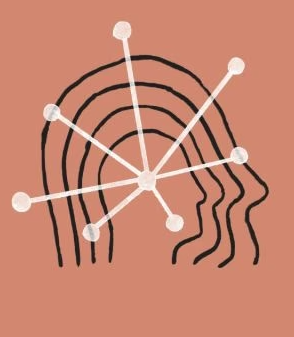Partners you can trust? - AI guardrails
The advent of human-AI collaboration, or ARCHONS, marks an exciting new chapter in the evolution of artificial intelligence. As we envision a future where humans and AI work hand in hand, each contributing their unique strengths, we must also confront the critical issue of trust. How can we ensure that our AI partners provide unbiased, reliable information and advice while minimizing the risk of harm?
At the core of this debate lies the question of AI guardrails and censorship. Eric Hartford, in his insightful blog post on uncensored models, makes a compelling case for the importance of preserving freedom and avoiding excessive constraints on AI systems. He argues that different cultures, ideologies, and use cases deserve access to AI models aligned with their specific values and needs. Moreover, he suggests that uncensored models are essential for fostering innovation and progress in the field of AI.
These arguments resonate strongly with the fundamental principles of liberty and self-determination. If we are to truly collaborate with AI as partners, we must be able to trust that it is providing objective, unbiased information and advice. Excessive guardrails or censorship could undermine this trust, limiting the potential benefits of AI and stifling open discourse.
However, as we champion the importance of freedom, we must also acknowledge the potential risks and challenges posed by uncensored AI. As Hartford himself notes, AI systems without proper safeguards could be misused to spread misinformation, hate speech, or extremist ideologies. They could also enable harassment, bullying, or even criminal activities.
Defining Clear Harm
So, how can we strike the right balance between preserving freedom and preventing harm? One approach is to focus on empowering humans to make informed decisions about their use of AI. By providing transparency around the capabilities, limitations, and potential biases of AI systems, we can equip users with the knowledge and tools they need to critically evaluate AI-generated content and use it responsibly.
Another key aspect is to develop a more nuanced understanding of what constitutes clear harm. While we should be cautious about imposing overly broad or restrictive guardrails, there may be certain categories of content or activities that pose a direct, tangible threat to individuals or society. Defining these categories will require input from a diverse range of stakeholders, including ethicists, legal experts, and community representatives.
Ultimately, the goal should be to foster a collaborative relationship between humans and AI that is grounded in trust, transparency, and mutual understanding. This may involve developing flexible, context-dependent guidelines that can adapt to the needs and values of different users and communities. By engaging in open, honest dialogue and working together to address the challenges and opportunities of AI, we can harness the power of ARCHONS while safeguarding against potential harms.

